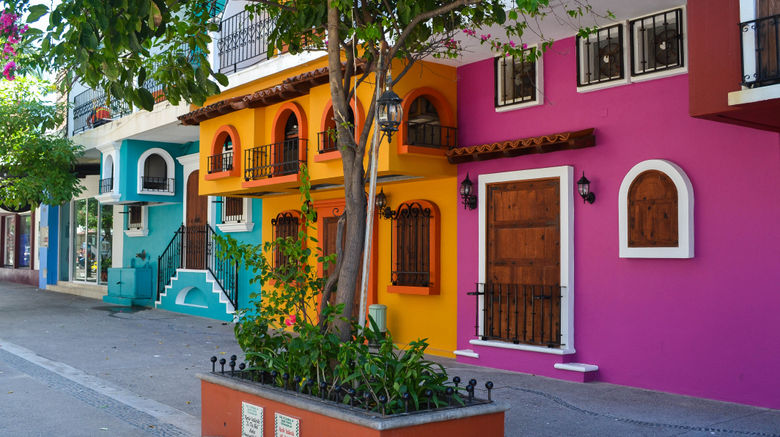Despite the pandemic, American and Canadian buyers continue to return to Mexico, after a several-year slump, thanks to low oil prices and the strong US dollar, pushing home values up. More than 1 million Americans live in Mexico, and more than 500,000 own homes in the country, according to a Forbes article.
Mexico offers two long coasts, mountain towns, and colonial cities, plus Mayan ruins, jungle, rain forest, rivers, and lakes. It’s also the most accessible “overseas” haven from the United States. You could drive back and forth if you wanted.
For all these reasons, Mexico is home to the biggest established populations of American expats in the world. More than 1 million Americans live in Mexico, and more than 500,000 own homes here. These expats are enjoying a low cost of living at today’s exchange rates, while new arrivals are getting great property bargains.
Mexico’s housing market remains healthy, amidst improving economic conditions. The nationwide house price index rose by 7.72% during the year to Q2 2021, following y-o-y increases of 6.59% in Q1 2021, 5.38% in Q4 2020, 5.02% in Q3, and 4.78% in Q2, according to the Sociedad Hipotecaria Federal (SHF). When adjusted for inflation, house prices increased 1.67% y-o-y in Q2 2021.
On a quarterly basis, house prices rose by 2.29% (0.87% inflation-adjusted) during the latest quarter.
By metropolitan area, Tijuana recorded the biggest y-o-y house price growth of 10.51% (4.31% inflation-adjusted) during the year to Q2 2021, followed by Guadalajara (9.14%), Puebla-Tlaxcala (9.05%), Monterrey (8.74%), Querétaro (7.22%), León (7.21%), and Toluca (6.61%). In Valle de México, house prices increased modestly by 3.65% (-2.17% inflation-adjusted).
Mexico’s housing market takeoff comes after it has suffered prosaic growth for a decade, in real (inflation-adjusted) terms, despite strong nominal growth.
The secret is Mexico’s enormously strong domestic market, particularly the rising middle class. In 2020, the country’s middle class was estimated to account for almost half of the total households, at about 16 million. They are expected to continue growing, with about 3.8 million more households projected to move into the middle class by 2030. Moreover, most Mexicans who move generally prefer to buy rather than to rent. Around 82% of Mexicans want to buy a property, as opposed to 18% that prefer to rent.
For instance Playa del Carmen, one of the largest cities on Mexico’s Riviera Maya coastline, has seen a sharp uptick in demand from homebuyers seeking refuge from pandemic-related lockdowns.
“We have a history of traditionally being a buyer’s market because there’s just a lot inventory – I like to say there’s a lot of candy in the candy store,” said Judi Shaw, the owner of Living Riviera Maya Real Estate. “But suddenly we had a lot of longstanding inventory get snapped up last year and early this year. So that’s making it more of a balanced market.”
This is supported by other local real estate experts, including Jason Waller, the owner of Playa Real Estate Group: “We have a lot of clients from New York, and a lot of people are looking for beachfront houses so they can enjoy life on the beach if there’s another lockdown, instead of being stuck in a condo in the city and hating their family, said Waller.
In the past three years, the value of the Mexican peso (MXN) depreciated by 6.1% against the US dollar, to reach an average exchange rate of USD 1 = MXN 20.087 in August 2021.
Since the Mexican housing market is not driven by speculators, it has been resilient despite the pandemic. In fact, house prices are expected to continue rising during the remainder of the year, according to local real estate experts.
Source: Global Property Guide / Forbes






